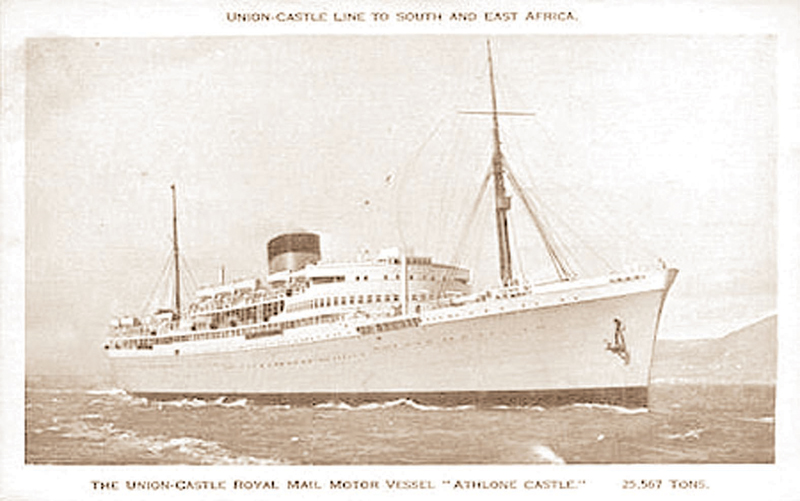Never before, or since, has 22 yards of a cricket pitch ever been so absurdly perfect.
So minimal was the movement that even Ken Farnes and Hedley Verity, two of world cricket’s most outstanding bowlers, could hardly make an impression.
Twelve new balls were used as cricket’s most epic Test match meandered 10 days from one week into another… without result.
Played in a backdrop of an impending World War — Hitler was just months away from invading Poland — Durban’s 43-hour marathon was decided eventually by a steamship’s timetable.
Neville Cardus dubbed it ‘an absurdity’. Jack Hobbs called it ‘a game killer’.
 The scoreboard of the Timeless Test
|
Yet others, like South Africa’s most celebrated writer Louis Duffus reckoned it was ‘fantastic’ and ‘the father of all Test cricket freaks’.
Set 696 to win, England was agonisingly close just 42 runs short at 5-654 when rain interfered and travel itineraries re-consulted.
Thirty-six bottles of the best champagne had been iced for the victors and were eventually to be hurriedly shared between the two exhausted XIs as the English began the two day railway journey to Cape Town to rendezvous with the Athlone Castle taking them home.The longest match of all was over. Cricket, like the rest of the world, was edging towards darkness.
South Africa’s captain Alan Melville initially claimed the match, saying England was forfeiting ‘by leaving early’.
While South African administrators were grappling over this one, several of the Englishmen including new world record-holder Len Hutton rifled some of the match stumps, realising they could be significant momentos.
Rules of the time permitted the rolling of the wicket after rain and at first light most mornings Kingsmead curator Vic Robins was able to erase all the imperfections and effectively create a new wicket.
Even after three day’s play, the rich soil from the nearby Umgeni River showed hardly any sign of wear and tear.
Author John Lazenby says Dudley Nourse inspected the wicket on the 11th morning and found it still rock-hard and impervious.
South Africa’s first innings meandered 13 hours. It was a go-slow on an over-prepared wicket which highlighted the futility of deciding matches in a rubber being played without limits.
The colorful RC Robertson-Glasgow said some of the batsmen were so marooned in a defensive psyche ‘they nearly slept on the pitch’.
The wife of South African allrounder Eric Dalton grumbled that he kept waking her most nights appealing for wickets in his sleep.
More runs (1981) were made and more balls (5447) bowled than in any other Test.
It’s a fascinating story, beautifully told.
Scores: South Africa 530 in 202.6 overs (Alan Melville 78, Peter van der Bijl 125, Dudley Nourse 103, Eric Dalton 57, Ronnie Grieveson 75, Reg Perks 5/100) and 481 in 142.1 overs (Bruce Mitchell 89, Peter van der Bijl 97, Ken Viljoen 74, Alan Melville 103, Ken Farnes 4/74)
England 316 in 117.6 overs (Eddie Paynter 62, Leslie Ames 84, Eric Dalton 4/59) and 654-5 in 218.2 overs (Sir Leonard Hutton 55, Paul Gibb 120, Bill Edrich 219, Wally Hammond 140, Eddie Paynter 75)
[Excerpts from Edging Towards Darkness by John Lazenby]
– crickebooks.com.au



Add new comment